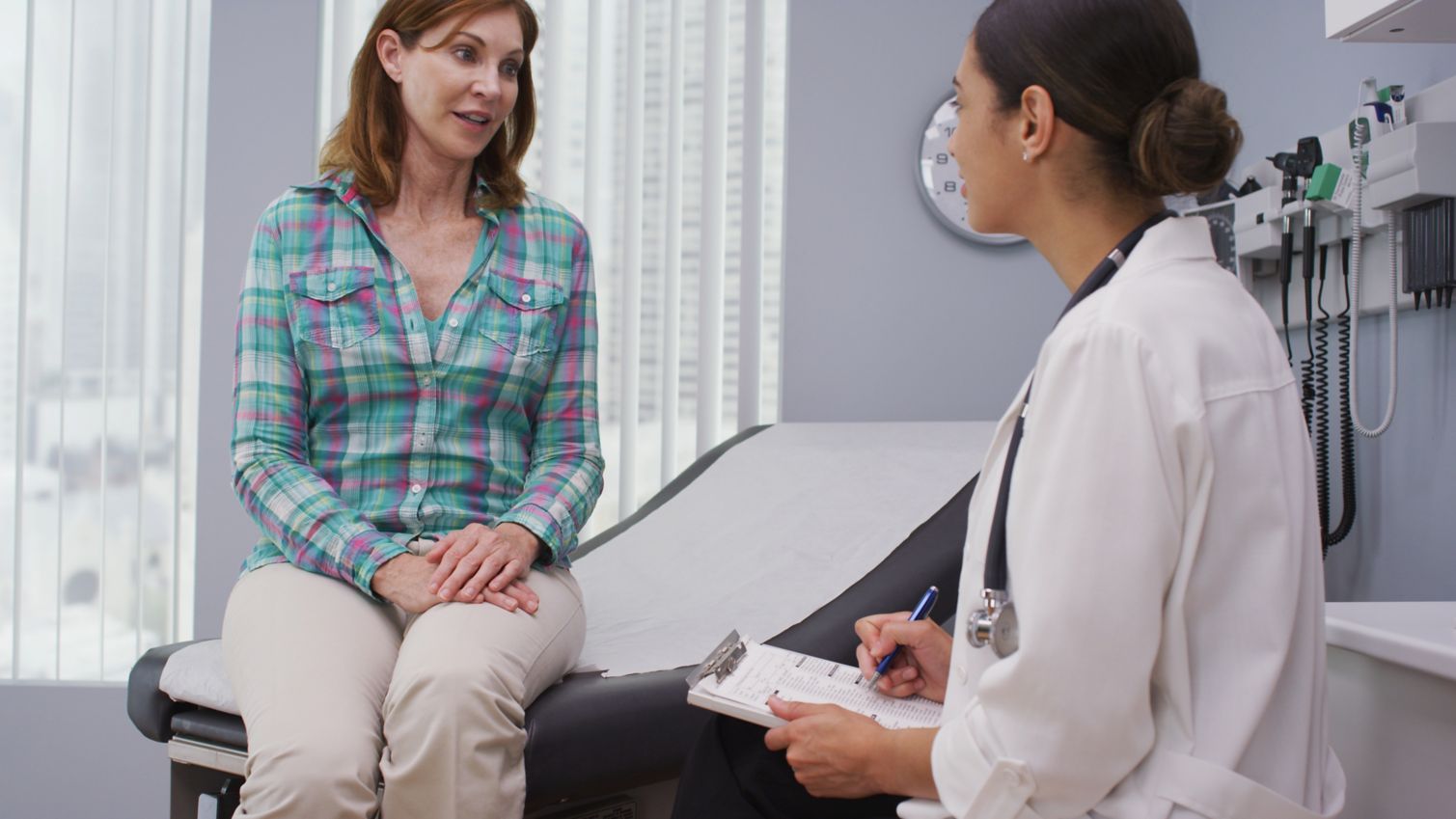A mammogram is a quick, simple procedure that checks for signs of breast cancer—one of the most common forms of cancer for women in the U.S. Since around 1 in 8 women in the U.S. will develop breast cancer at some point in their lives, mammograms are an important part of preventive cancer treatment and catching early signs of the disease.1
What is a mammogram or breast cancer screening?

How a mammogram checks for breast cancer
A mammogram uses an X-ray involving a very small dose of radiation (less than a standard chest X-ray) to screen for abnormal cells or growths in the breast tissue. During this process, the breast is placed between 2 supports that are gently pressed together to give the X-ray a clear picture. You may experience some discomfort, but only for a few seconds each time.2 The entire procedure lasts only about 20 minutes. You can usually get a mammogram in an imaging center, some doctor’s offices or in a mobile breast cancer screening unit.
When you should consider a breast cancer screening
Mammograms are an important part of the fight against breast cancer. They may detect the presence of abnormal cells up to 3 years before any symptoms can be felt.3 Because mammograms are so effective at catching these early signs, they can reduce the mortality rate of breast cancer by up to 22%.4
The American Cancer Society® recommends:5
- That women should have the choice to begin annual screenings at age 40
- Women ages 45 to 54 should have a mammogram once per year
- Women 55 and over should get breast cancer screenings every 2 years, or annually if they choose5
How much does a mammogram cost?
Humana plans cover annual preventive mammograms with no out-of-pocket costs to Humana members beginning at age 40.
The cost for a diagnostic mammogram, such as to diagnose a medical condition, can vary based on your insurance coverage, age, what state you live in or your income.6 Humana Medicare Advantage plans generally include a diagnostic mammogram if ordered by a doctor. Cost share may vary depending on the plan.
If you have Medicare Part B or Medicare Advantage, you are covered for all of the costs of yearly screening mammograms and up to 80% of the cost of necessary diagnostic mammograms. However, there may be some additional out-of-pocket costs for diagnostic mammograms.7
Several government programs and nonprofits provide low-cost or free mammograms for low-income or uninsured women across the U.S., such as the National Breast and Cervical Cancer Early Detection Program (NBCCEDP)

How can I schedule a mammogram near me?
Consult a doctor to see when you should set up a preventive breast cancer screening. Find a doctor or an imaging center in your network to schedule a mammogram near you.
Sources:
- “How Common is Breast Cancer?
opens in new window ” American Cancer Society, last accessed Dec. 5, 2024. - “Breast Cancer and Mammograms
opens in new window ,” WebMD, last accessed Dec. 5, 2024. - “Early Signs and Symptoms of Breast Cancer
opens in new window ,” St. Vincent Hospital, last accessed Dec. 5, 2024. - “Health-Related Social Needs Can Keep Women from Getting Lifesaving Mammograms
opens in new window ,” Centers for Disease Control and Prevention, last accessed Dec. 5, 2024. - “Cancer Screening Guidelines by Age
opens in new window ,” American Cancer Society, last accessed Dec. 5, 2024. - “How Much Does a Mammogram Cost?
opens in new window ” Healthline, last accessed Dec. 5, 2024. - “When Does Medicare Cover Mammograms?
opens in new window ” Healthline, last accessed Dec. 5, 2024.